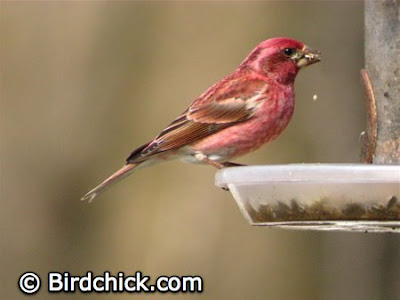From Business Weekly:
1. In whatever market they're targeting, small retailers need to court their best customers this holiday season. "During the next three months they need to maximize the one-on-one personal relationships that they have with customers," says Daniel Butler, vice-president for retail operations at the National Retail Federation. "That is the secret weapon that small independents have against big national chains. If I'm savvy and communicate with my customers well, I can draw loyal customers into my store before they go into the national chains," Butler says.
One way to do that is through affinity discounts that encourage loyal customers to spend more, rather than trying to attract new business by cutting prices across the board, says the University of San Francisco's Muscat. "They're going to their customer base, and they're mailing out to their best customers targeted discounts to get them into the store. That's a lot smarter than putting a"70% Off" sign in front of your store," he says. Through affinity programs, retailers can strengthen their relationships with their best customers and appeal to those shoppers' bargain-hunting mood at the same time.
2. Beyond customer service, retailers need to keep inventories lean to keep costs down. Butler says store owners should be especially vigilant in refusing late orders and watching for overshipments to avoid having merchandise they won't be able to sell. In addition, small retailers can take a cue from large chains that display as much merchandise as possible on the floor, rather than holding inventory in the stockroom. "National chains don't have any inventory in stockroom," he says. "They want it to be out there where the customer is."
3. Likewise, stores should watch their staffing levels to control costs. "They want to be able to staff to the peak hours as much as they can," Butler says. That means mostly in evenings and weekends, as most two-income families have little time to shop during the day. Businesses might decide to open later in the morning and extend hours at night to reach more customers without needing to staff more hours.
4. Retailers that sell both online and through physical stores should coordinate their Web and brick-and-mortar strategies, especially in anticipation of "Cyber Monday," the post-Thanksgiving shopping day that's been deemed the online equivalent of Black Friday. Many people browse in stores the weekend after Thanksgiving and then make their purchases online. "If you have a Web site and do business online, you want to make sure you're cross-promoting your Web site with your in-store traffic and vice versa," Butler says. Still, retailers may not be able to count on strong Internet sales. While TNS Retail Forward predicts Web sales will grow 9% this year, that's down from 19% in 2007 and the first single-digit growth rate since 1999.
Read the full article here.





